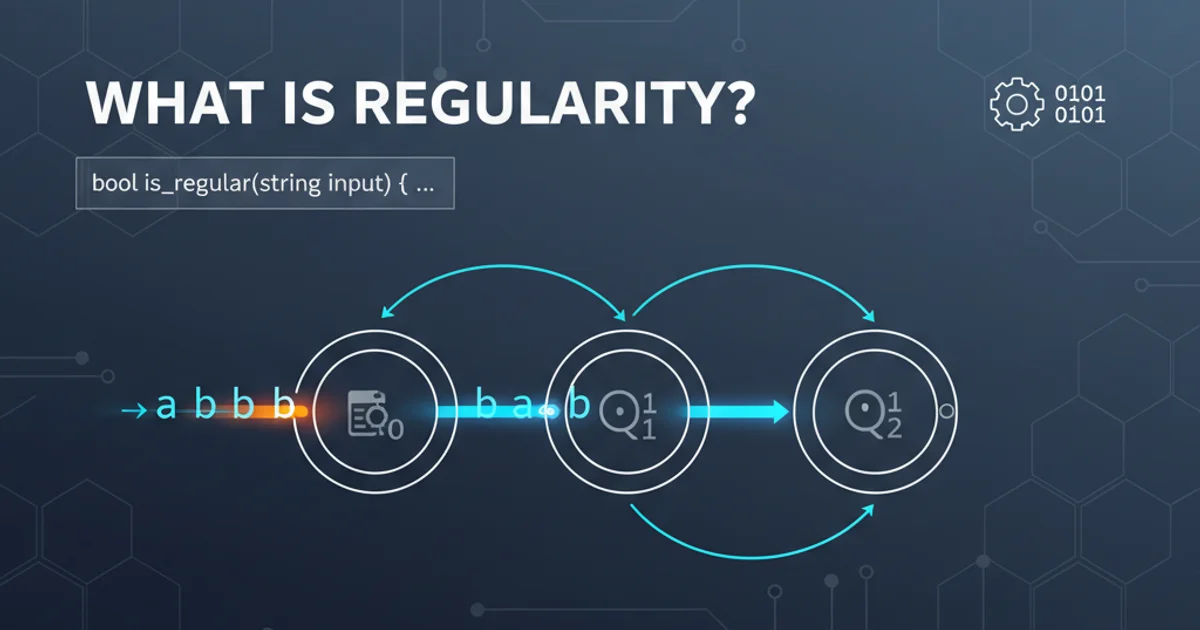How can I make Vim paste from (and copy to) the system's clipboard?
Categories:
Seamless Clipboard Integration: Copy and Paste with Vim

Learn how to configure Vim to interact directly with your system's clipboard, enabling effortless copying and pasting between Vim and other applications.
Vim is a powerful text editor, but by default, its internal registers (where text is copied and cut) are separate from your operating system's clipboard. This means that text copied within Vim often cannot be pasted into other applications, and vice-versa. This article will guide you through the necessary steps to bridge this gap, allowing Vim to seamlessly interact with your system's clipboard for a more integrated workflow.
Understanding Vim's Clipboard Interaction
Vim uses various 'registers' to store text. The most common one is the unnamed register " (double quote), which is used by default for y (yank/copy), d (delete/cut), and p (put/paste) operations. To interact with the system clipboard, Vim needs to be compiled with specific features, and you need to explicitly tell Vim to use the clipboard register.
The key to clipboard integration lies with the + and * registers. On most Unix-like systems (including Linux and macOS), the * register interacts with the primary selection (highlight-and-paste), while the + register interacts with the clipboard selection (Ctrl+C/Cmd+C and Ctrl+V/Cmd+V). On Windows, both * and + typically map to the same system clipboard.
flowchart TD
A[Vim Registers] --> B{"System Clipboard Integration?"}
B -- Yes --> C[+ Register (Clipboard)]
B -- Yes --> D[* Register (Primary Selection)]
B -- No --> E[Unamed Register (")]
C --> F[External Application]
D --> F
E --> G[Vim Only]Vim's clipboard interaction flow
Checking Vim's Clipboard Support
Before attempting to configure Vim, it's crucial to verify if your Vim installation was compiled with clipboard support. This is indicated by the +clipboard or +xterm_clipboard features. If you see -clipboard or -xterm_clipboard, your Vim version does not support direct clipboard interaction and you may need to install a different Vim package or compile Vim from source.
To check, open Vim and run the following command:
:echo has('clipboard')
:echo has('xterm_clipboard')
Checking for clipboard feature support in Vim
If either command returns 1, your Vim supports clipboard integration. If both return 0, you likely need to install a different Vim package. For example, on Debian/Ubuntu, you might need vim-gtk, vim-gnome, or vim-nox instead of vim-tiny or vim-common. On macOS, MacVim or Vim installed via Homebrew usually includes clipboard support.
has('clipboard') returns 0, consider installing gvim or vim-gtk (on Linux) or MacVim (on macOS) as these versions are typically compiled with full GUI and clipboard support.Configuring Vim for Clipboard Use
Once you've confirmed clipboard support, you can configure Vim to use the system clipboard. There are two primary methods:
- Explicitly using
+or*registers: You can prefix your yank, delete, or put commands with"+or"*to specify the clipboard register. - Setting the
clipboardoption: This is the most common and convenient method, as it automatically directs certain operations to the system clipboard.
Method 1: Explicit Register Usage
This method gives you fine-grained control. To copy to the system clipboard, use "+y followed by a motion (e.g., "+yw to yank a word, "+yy to yank a line). To paste from the system clipboard, use "+p.
Similarly, for the primary selection (often used with mouse selection on X11 systems): "*y and "*p.
" Yank current line to system clipboard
"+yy
" Paste from system clipboard
"+p
" Yank current word to primary selection
"*yw
" Paste from primary selection
"*p
Explicitly using clipboard registers
Method 2: Setting the 'clipboard' Option (Recommended)
This is the preferred method for most users as it makes Vim's default copy/paste operations interact with the system clipboard. Add the following line to your ~/.vimrc file:
set clipboard=unnamedplus
Let's break down what this option does:
unnamed: This makes the unnamed register (") the same as the*register. So,y,d,pwill interact with the primary selection.unnamedplus: This makes the unnamed register (") the same as the+register. So,y,d,pwill interact with the system clipboard.
If you want both primary selection and system clipboard to be linked to the unnamed register, you can use set clipboard=unnamed,unnamedplus. However, unnamedplus is usually sufficient for most users as it covers the standard Ctrl+C/Ctrl+V behavior.
" Add this line to your ~/.vimrc
set clipboard=unnamedplus
Configuring Vim to use the system clipboard by default
set clipboard=unnamedplus, be aware that any text you delete or yank within Vim will overwrite the contents of your system clipboard. This might be unexpected if you're used to Vim's internal registers being separate.Troubleshooting Common Issues
If you're still having trouble, consider these points:
- Terminal Emulator: Some terminal emulators might interfere with clipboard operations. Ensure your terminal itself supports clipboard passthrough. For example,
tmuxusers often need specific configurations to allow Vim to access the system clipboard. - SSH/Remote Sessions: When working over SSH, the clipboard interaction can be more complex. You might need
xcliporxselon the remote server and X11 forwarding enabled (ssh -Xorssh -Y). - Vim vs. Neovim: Neovim handles clipboard slightly differently and often requires
xcliporxselto be installed on the system, even if+clipboardis present. It will automatically use them if available.
1. Verify Clipboard Support
Open Vim and run :echo has('clipboard') and :echo has('xterm_clipboard'). Ensure at least one returns 1.
2. Install Full-Featured Vim (if needed)
If clipboard support is missing, install a Vim package like vim-gtk, vim-gnome, vim-nox (Linux), or MacVim (macOS).
3. Configure .vimrc
Add set clipboard=unnamedplus to your ~/.vimrc file to enable automatic system clipboard integration.
4. Test Clipboard Operations
In Vim, yank a line (yy), then switch to another application and try to paste (Ctrl+V/Cmd+V). Copy text from another application, then switch to Vim and try to paste (p).